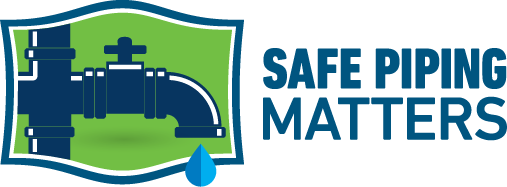An Algorithm Is Helping a Community Detect Lead Pipes
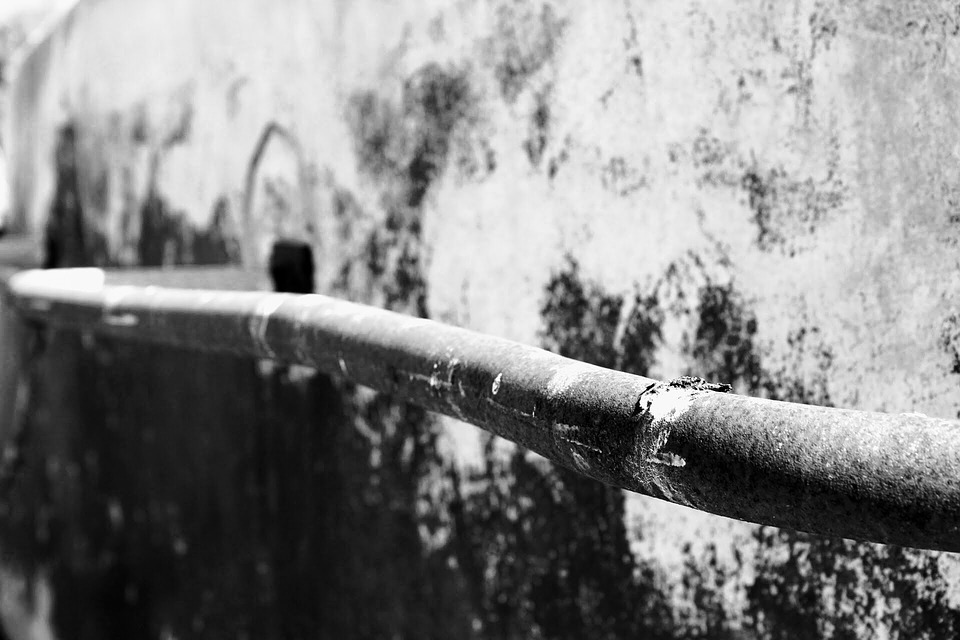
The model had shown promise in Flint before officials rebelled. Now Toledo is using it, while incorporating more public input.
New Study Confirms Plastic Pipe Thermal Degradation as Source of Water Contamination in Fire Events
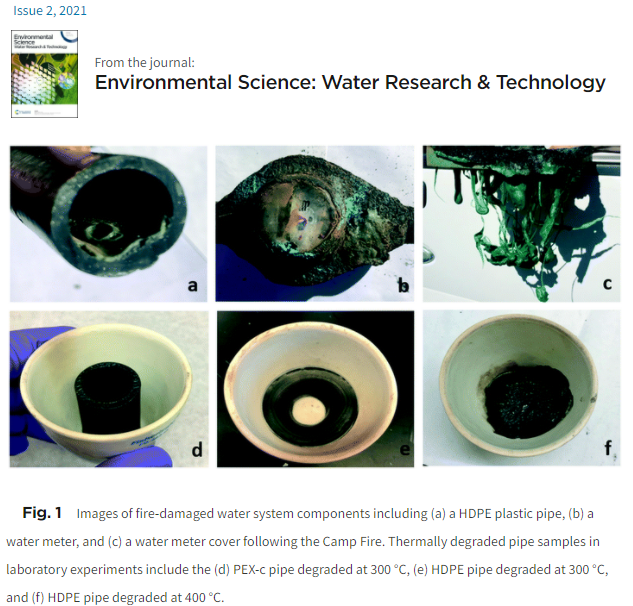
The study concludes that thermally damaged drinking water pipes can be sources of VOC leaching.
One in Three Children Have Unacceptably High Lead Levels
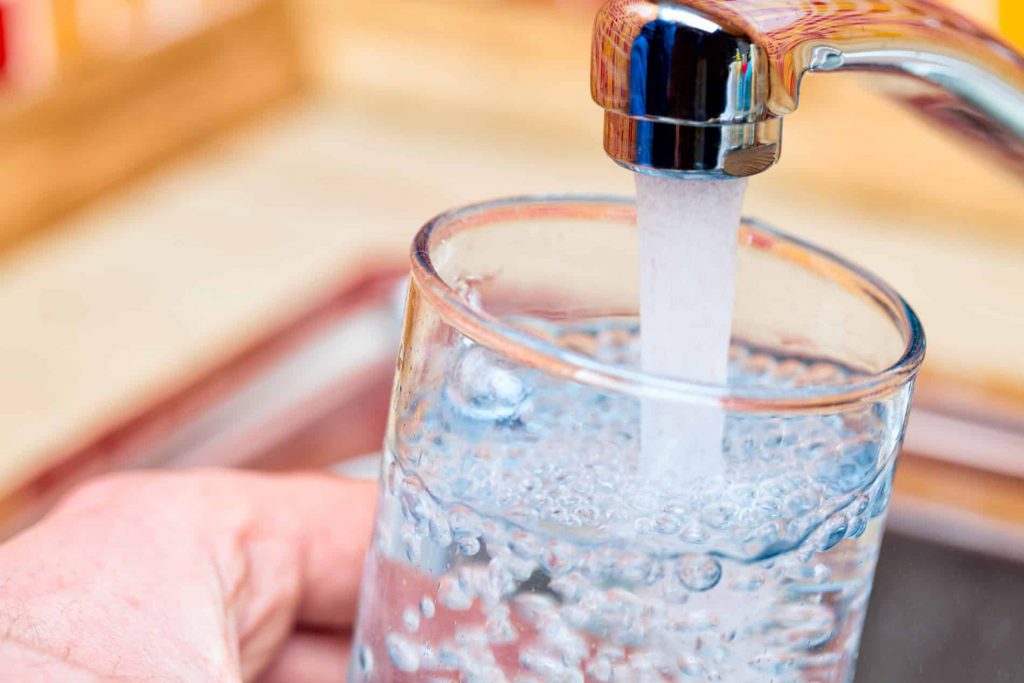
Lead contamination has long been recognized as a health hazard, particularly for the young. But a new study asserts that the extent of the problem is far bigger than previously thought, with one in three children worldwide – about 800 million in all – threatened by unacceptably high lead levels in their body.
Chemical Leaching from Plastic Pipes
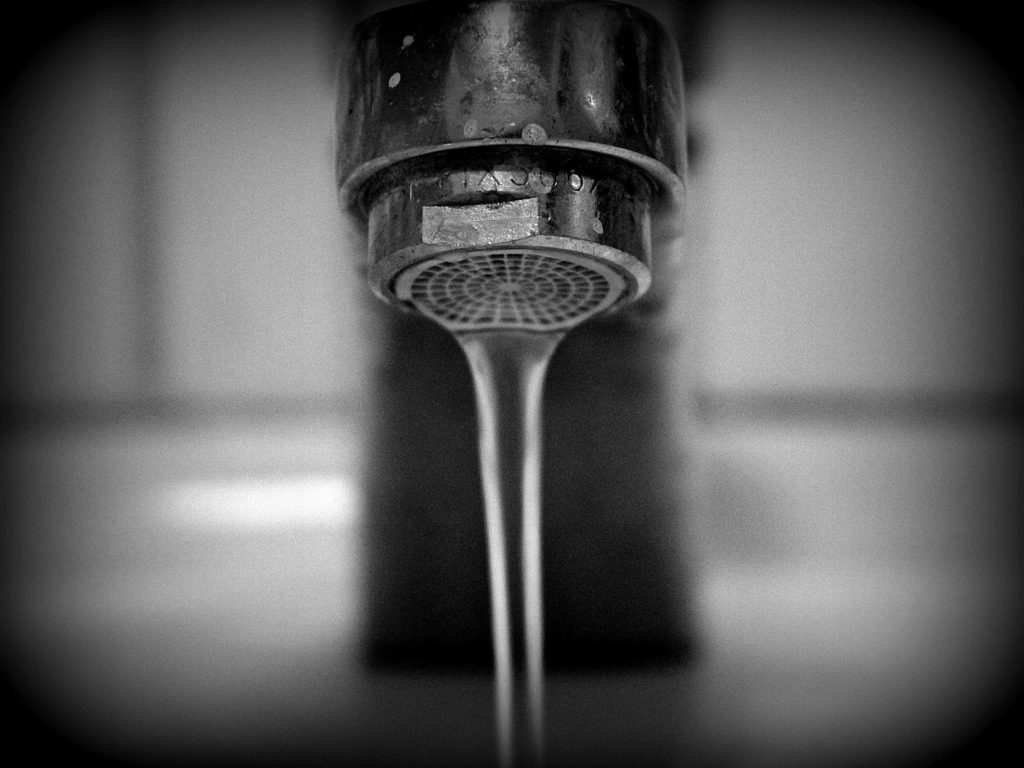
Andrew Whelton’s latest study confirms that plastic drinking water pipes release benzene and other volatile organic compounds (VOCs) into the water supply when exposed to extreme heat.
AWWA Study: Wildfire caused widespread drinking water distribution network contamination
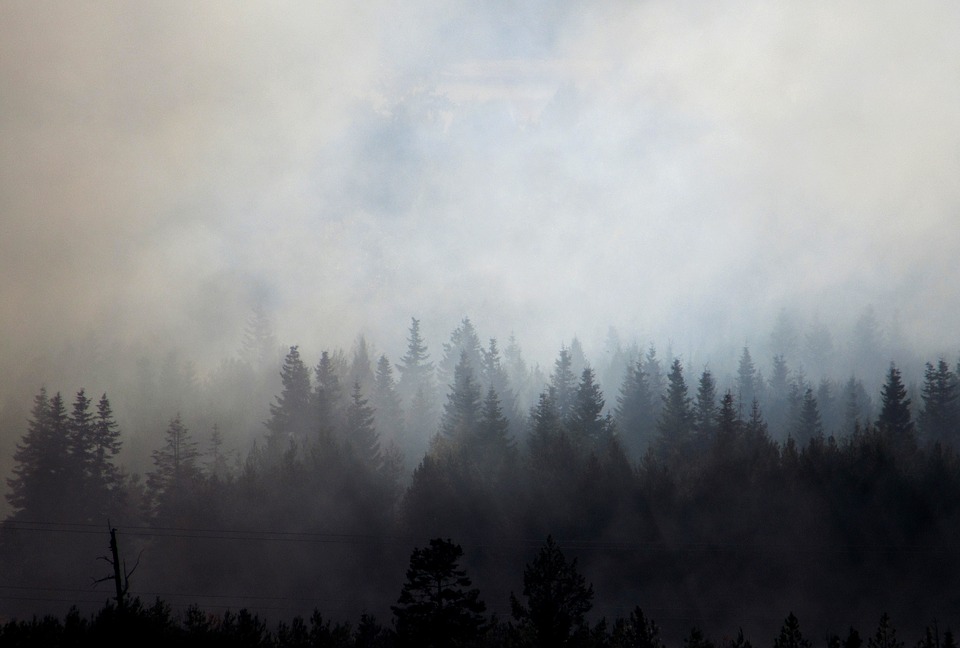
This work outlines factors that influence wildfire-induced drinking water quality threats based on the findings from the Tubbs Fire (2017) and Camp Fire (2018) and explores scientific and policy issues.
Top Piping Safety Researcher Urges Awareness & Action on Post-Wildfire Water Contamination
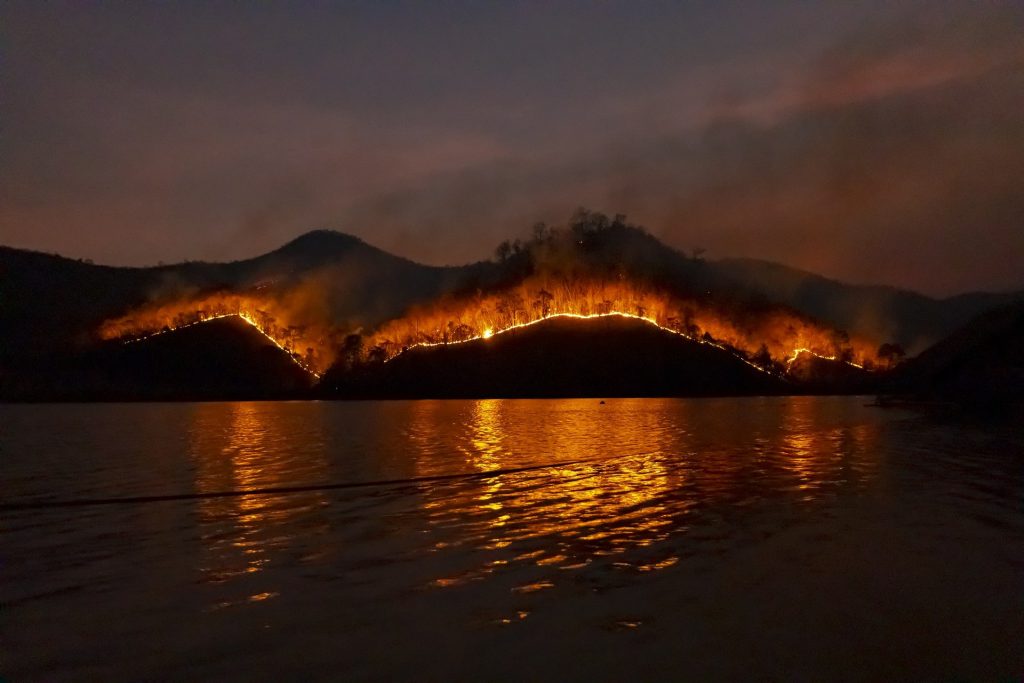
Top Piping Safety Researcher Urges Awareness & Action on Post-Wildfire Water Contamination When wildfires rage through areas with plastic water infrastructure, populations lose access to clean drinking water due to toxic contaminants that leach from the melted pipes. In recent years, wildfires such as the Tubbs Fire (2017) in Santa Rosa and the Camp Fire […]
Denver Acts on Health Concerns over Lead Service Lines, Begins Replacement Process Using Safe, Sustainable Materials
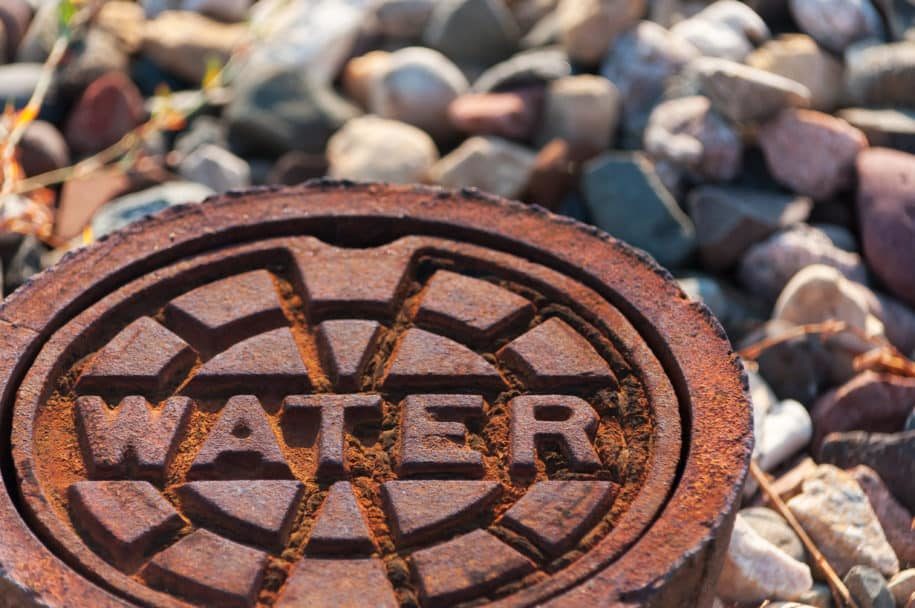
Denver Acts on Health Concerns over Lead Service LinesBegins Replacement Process Using Safe, Sustainable Materials The lead and copper rule was implemented in 1991 in response to the nearly 10 million lead water lines that existed in the US. Today, an estimated 6.1 million lead lines are still in service and are in dire need of replacement; […]
Plastic Piping Contaminated Water after Wildfires
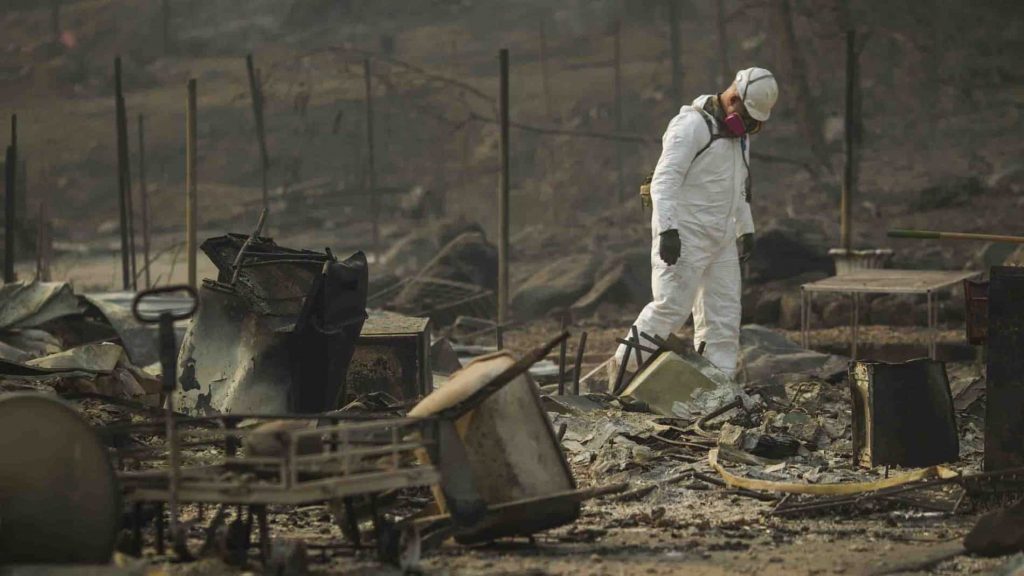
Plastic Piping Contaminated Water after Wildfires Studies of communities impacted by wildfires found burned and melted plastic piping contaminated community water systems with high levels of carcinogenic benzene. Research from the American Water Works Association, “Smoke and Water Don’t Mix,” looked for benzene sources in the wake of fire disasters in California. A research team […]
Piping Found as Source of Water Contamination in Wake of California Wildfires

Plastic Piping Contaminated Water after Wildfires The American Water Works Association recently published “Smoke and Water Don’t Mix,” an analysis of water contamination by benzene in the wake of the Tubbs Fire and Camp Fire disasters in California. Written by representatives of the U.S. Environmental Protection Agency and the California State Water Resources Control board, […]
Why would Congress add more dangers to firefighting?
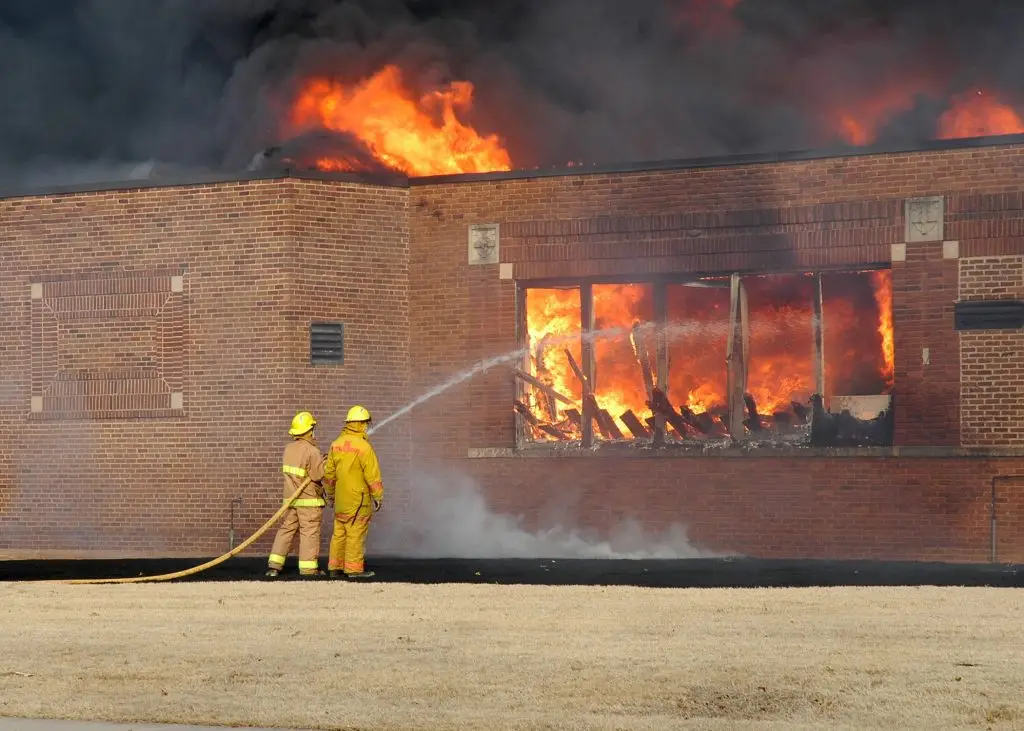
A 2019 International Association of Fire Fighters (IAFF) statement highlighted that plastic piping is a dangerous material in construction that causes airborne and waterborne contamination. Additionally, the IAFF notes that gasses released from plastics can cause long-term health risks to workers exposed to these products.
